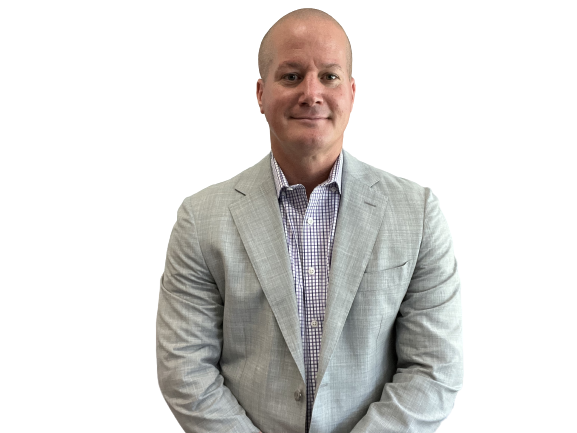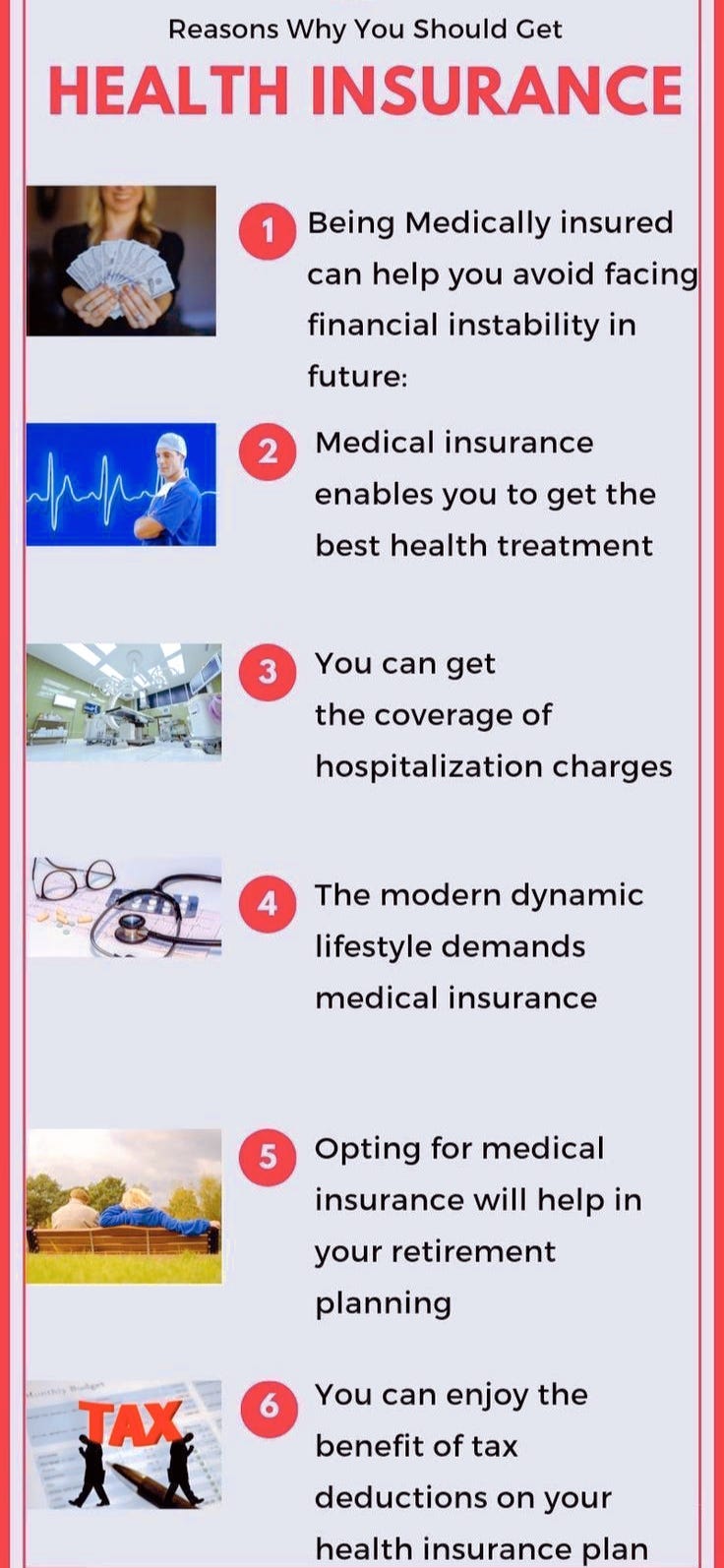Medicare Advantage Agent - The Facts
Medicare Advantage Agent - The Facts
Blog Article
Facts About Medicare Advantage Agent Uncovered
Table of ContentsRumored Buzz on Medicare Advantage AgentMedicare Advantage Agent - QuestionsExcitement About Medicare Advantage Agent


follows from adheres to the relatively young fairly profile of the uninsured with without insurance better healthFar better on average, standard younger personsMore youthful For those without accessibility to work environment wellness insurance coverage, poor wellness is a prospective barrier to purchasing nongroup protection because such protection might be extremely valued, leave out preexisting conditions, or be simply not available. Unless otherwise noted, national estimates of individuals without health insurance policy and proportions of the population with various kinds of protection are based on the CPS, the most commonly used source of estimates of insurance protection and uninsurance rates.

What Does Medicare Advantage Agent Do?
Over a three-year period beginning early in 1993, 72 million individuals, 29 percent of the U.S. populace, were without coverage for at least one month. Within a single year(1994), 53 million individuals experienced at the very least a month without insurance coverage(Bennefield, 1998a). 6 out of every ten without insurance adults are themselves employed. Functioning does improve the chance that one and one's household participants will have insurance coverage, it is not a guarantee. Even members of family members with 2 full time breadwinner have almost a one-in-ten possibility of being uninsured (9.1 percent uninsured price)(Hoffman and Pohl, 2000 ). The connection in between health and wellness insurance and access to care is well established, as documented later on in this phase. Although the connection in between wellness insurance policy and health and wellness results is neither straight neither basic, an extensive scientific and health solutions research literature web links medical insurance protection
to enhanced access to care, much better top quality, and enhanced individual and populace wellness condition. The second record, on individual health and wellness results for uninsured adults, is represented by the innermost circle of the number, while the third record, on family well-being, incorporates the subjects of the second record however emphasizes a different device of analysis, particularly, the family. The sixth report in the series will offer info regarding techniques and efforts taken on locally, statewide, or country wide to deal with the lack of insurance and its damaging effects. Levels of evaluation for examining the impacts of uninsurance. This conversation of medical insurance coverage concentrates mainly on the U.S. population under age 65 due to the fact that basically all Americans 65 and older have Medicare or other public protection.
Additionally, it concentrates particularly on those with no health insurance for any length of time. The issues encountered by the underinsured remain in some areas similar to those dealt with by the without insurance, although they are typically much less severe. Uninsurance and underinsurance, nevertheless, include definitely website here various plan problems, and the strategies for resolving them may differ. Throughout this study and the 5 records to follow, the main focus is on persons without any medical insurance and hence no aid in paying for health and wellness treatment past what is readily available through charity and safeguard establishments. Medical insurance is an effective element influencing invoice of care because both patients and physicians react to the out-of-pocket cost of services. Medical insurance, however, is neither needed nor enough to acquire accessibility to medical services. Nonetheless, the independent and straight effect of health
insurance policy protection on access to health and wellness solutions is well established. Others will get the healthcare they require even without medical insurance, by paying for it out of pocket or seeking it from carriers who provide care cost-free or at highly subsidized try this prices. For still others, wellness insurance policy alone does not ensure invoice of care due to other nonfinancial barriers, such as a lack official site of healthcare suppliers in their community, minimal accessibility to transportation, illiteracy, or linguistic and cultural distinctions. Formal research concerning uninsured populaces in the United States dates to the late 1920s and early 1930s when the Committee on the Cost of Treatment created a collection of reports regarding funding doctor workplace sees and hospital stays. This issue ended up being salient as the varieties of clinically indigent climbed up throughout the Great Anxiety. Empirical studies constantly support the link between access to care and boosted health results(Bindman et al., 1995; Starfield, 1995 ). Having a normal source of care can be thought about a forecaster of gain access to, instead than a straight action of it, when health and wellness end results are themselves made use of as access signs. This expansion of the idea of access measurement was made by the IOM Board on Monitoring Access to Personal Health Care Provider(Millman, 1993, p. Whether parents are guaranteed shows up to influence whether their kids obtain treatment as well as how much careeven if the children themselves have protection(Hanson, 1998). The health of parents can influence their ability to care for their children and the degree of family members tension. Fretting about their children's accessibility to care is itself a resource of stress and anxiety for parents. Three phases adhere to in this record. Phase 2 supplies an introduction of how employment-based health insurance, public programs and individual insurance coverage run and communicate to provide comprehensive but insufficient protection of the U.S. population. This consists of an evaluation of historical patterns and public policies influencing both public and personal insurance coverage, a discussion of the communications among the various kinds of insurance coverage, and an evaluation of why individuals move from one program to another or wind up

Report this page